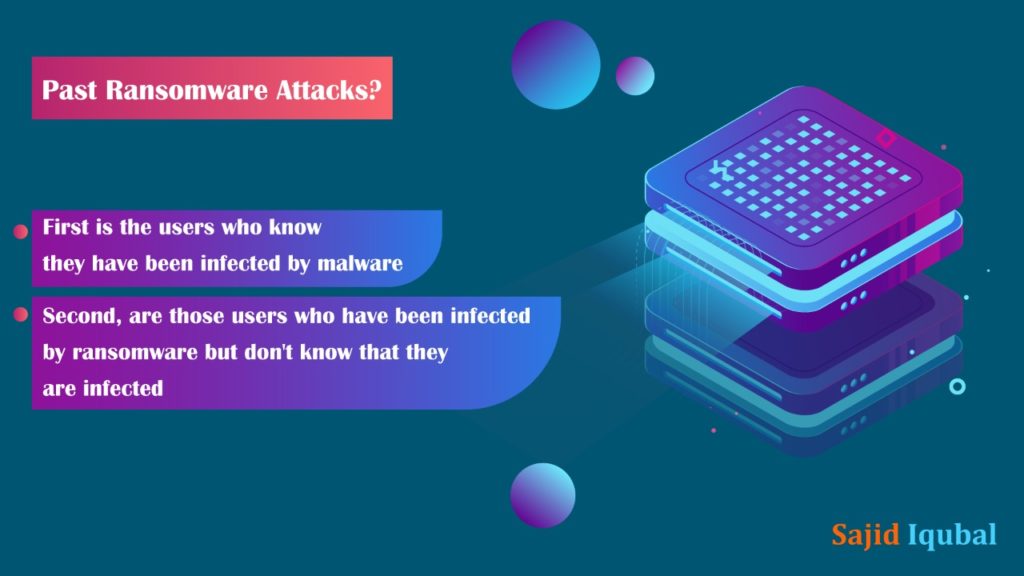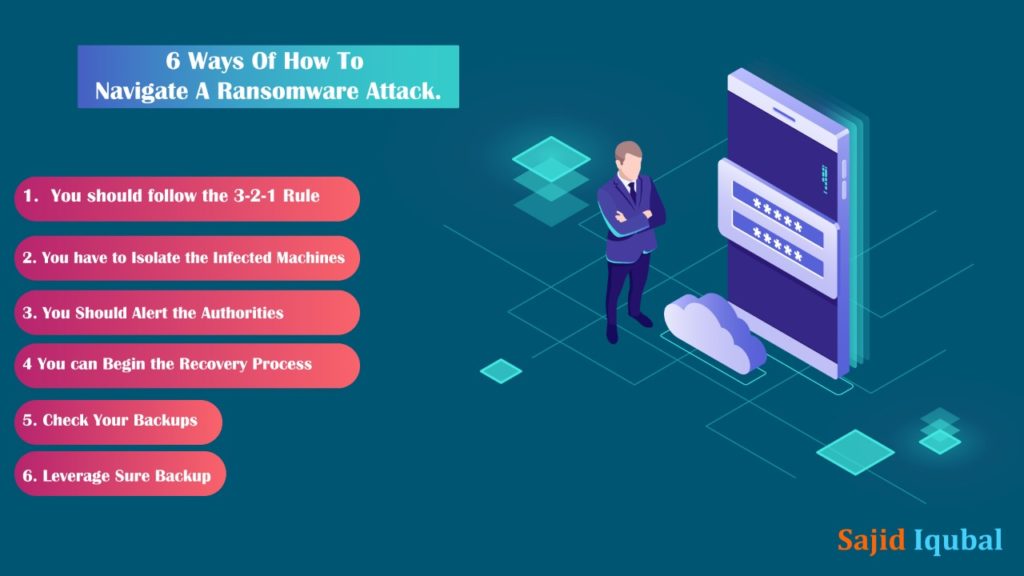Ransomware attacks are increasing every day. So, it is very important to know more details about it. Our motive is to make every person have all the important information regarding ransomware and cyberattacks. This will help you to take proper steps in case there is any ransomware attack.
What is a Ransomware attack?
A ransomware attack is a malware attack. In this type of attack, the attacker forcibly takes hold takes hold of the user’s data files or the entire device until the user pays a ‘ransom’ fee.
Do you know about the past ransomware attacks?
Ransomware attacks can affect any industry at any time. These attacks have increased by almost 300% since the year 2015. According to the FBI report, 4000 ransomware attacks occurred every day in the year 2016.

This is the main reason why we all need to implement proper precautions to protect our business from ransomware attacks.
There have been reports that stated that 79% of organizations had a security-related breach in the past. A large portion of these attacks were ransomware attacks. Now, the priority of all the organizations and users is about how to stay safe and prevent ransomware attacks and in case there is a ransomware attack, what steps have to be taken.
As there is an increase in ransomware attacks, it is often said that now there are two types of computer users in the world:
- First is the users who know they have been infected by malware
- Second, are those users who have been infected by ransomware but don’t know that they are infected.
It may become very difficult for you if your data or your organization’s data is infected with a Ransomware attack asking you to pay large ransoms. But we are glad to tell you that Ransomware attacks can be prevented. This can be done with proper preparation and by making use of correct resources. So, there is no need to worry now, as we will be sharing the steps which will help you to navigate in case there is a Ransomware attack on your computer or network.
The following Are 6 Ways Of How To Navigate A Ransomware Attack.

1. You should follow the 3-2-1 Rule
It is not only important that you back up your data, but you should also consider the way it’s backed up. Often, it’s been told that we should always save our important folders and replicate them on external drives to ensure that they can be properly recovered in case our computer crashes or there is a loss of data. This same idea applies to our business data which is called the 3-2-1 rule. It is like a maths equation for cloud data backup.
The 3-2-1 rule means that your company should keep three copies of data, on two different types of media, and host one copy offsite. In case there is a ransomware attack, you will not be worried much as you know your data is safe, and you can carry on your business activities because of cloud data backup.
Therefore, the following are the 5 tactics, commonly referred to as the 3-2-1-1-0 rule:
- 3 copies of your data
- 2 different media
- one offsite
- one offline
- There are zero errors after backup and recoverability verification
You must choose the right backup solution. For example, if Ransomware infects a few VMs, you have several ways to recover the data and you can also achieve detailed restore. The best part about NewCloud and Veeam is you can choose the piece you want to restore after going into your VM.
2. You have to Isolate the Infected Machines
Whenever there is a Ransomware attack, you should take the infected VMs off of your network to stop the spread of the virus.
3. You Should Alert the Authorities
If a Ransomware attack takes place on your network, you should first report these attacks to the proper authorities. To stop Ransomware and cyberattacks, the FBI has set up an Internet Crime Complaint Center.
4. Check Your Backups
Before sending backups to offsite, you should properly verify that your backups are recoverable. This becomes possible as Veeam allows you to spin up an On-Demand Sandbox.
This sandbox acts as a fenced-off isolated network that does not affect production, IPs, or DNS. With the help of sandbox, you can locate the last known backup copy by leveraging:
• Non-disruptive storage snapshots
• Secure deduped backup target
• other copies using the 3-2-1 rule
5. Leverage Sure Backup
Veeam Sure Backup makes it possible for you to automatically test and verify backups. SureBackup lets you power on VMs and responds the way they need to. SureBackup provides an audit trail report, which helps you to know at what specific time your backup is recoverable. Therefore, you can move this backup offsite. Besides, it has zero errors.
6. You can Begin the Recovery Process
Choose your Restore Option
With Veeam, if you have a backup, you can restore it in several ways after verifying it.
Restore the whole VM
You can restore full VMs in a few minutes using your onsite backups.
Restore just what was infected
After going in VMs, you can crack open specific workloads that are affected by Ransomware. You can have granular restore.